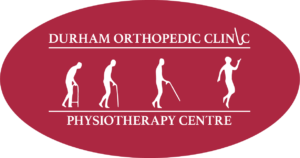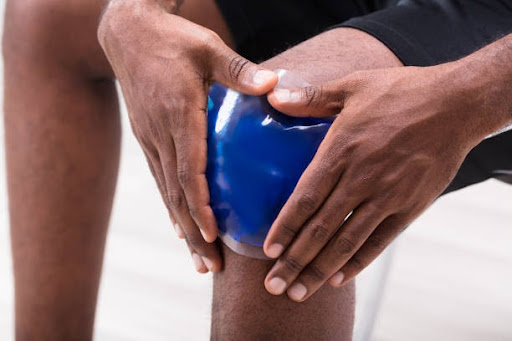Knee bursitis is a condition characterized by inflammation of the bursae—small fluid-filled sacs that cushions the knee joint. These sacs reduce friction between the bones, tendons, and muscles, allowing smooth movement. When the bursae become irritated or inflamed, it can result in knee pain, swelling, and limited mobility.
Causes and Symptoms
Knee bursitis can be caused by repetitive motion, prolonged kneeling, a direct blow to the knee, or infection. Athletes, particularly runners and those involved in sports requiring a lot of jumping or kneeling, are especially susceptible. Common symptoms include:
- Pain: Often sharp or aching, especially when moving the knee.
- Swelling: Visible swelling around the knee.
- Tenderness: The area may be tender to the touch.
- Limited Range of Motion: Difficulty in fully bending or straightening the knee.
Role of Physiotherapy in Managing Knee Bursitis
Physiotherapy plays a crucial role in managing and rehabilitating knee bursitis. The primary goals of physiotherapy are to reduce pain, decrease inflammation, restore normal function, and prevent recurrence.
1. Initial Assessment and Diagnosis
A thorough assessment by a physiotherapist is essential to confirm the diagnosis and identify the underlying cause. This may involve a physical examination, reviewing medical history, and, if necessary, imaging studies like ultrasound or MRI.
2. Pain Management
Rest and Ice: Initially, resting the knee and applying ice can help reduce inflammation and pain. Ice should be applied in 20-minute intervals several times a day.
Therapeutic Modalities: Physiotherapists may use modalities like ultrasound therapy, electrical stimulation, or laser therapy to reduce pain and promote healing.
Pain Relief Exercises: Gentle range-of-motion exercises are introduced to maintain mobility and prevent stiffness.
3. Stretching and Strengthening Exercises
Stretching: As the pain subsides, gentle stretching exercises can help alleviate tension around the knee.
Strengthening: Strengthening the muscles around the knee and the hips, is vital. Strong muscles help support the knee joint, reducing stress on the bursae.
These exercises should be performed under the guidance of a physiotherapist to ensure proper technique and avoid aggravating the condition.
4. Improving Flexibility and Mobility
Manual Therapy: Physiotherapists may use manual techniques like joint mobilization or soft tissue massage to improve knee joint mobility and reduce stiffness.
Range of Motion Exercises: As recovery progresses, more dynamic exercises are introduced to restore full knee movement. This includes activities like stationary cycling or swimming, which are low-impact and gentle on the joints.
5. Education and Prevention
Posture and Body Mechanics: Educating patients on proper posture and body mechanics during activities can prevent undue stress on the knee. This includes guidance on correct squatting techniques or how to modify activities to reduce knee strain.
Footwear: Wearing supportive footwear can also make a significant difference, especially in individuals with abnormal foot mechanics, which can contribute to knee bursitis.
Activity Modification: Identifying and modifying activities that exacerbate symptoms is key to preventing recurrence. For athletes, this may involve altering training routines or incorporating cross-training to reduce repetitive strain.
Knee bursitis, while painful, is a condition that responds well to physiotherapy. Through a combination of pain management, targeted exercises, manual therapy, and patient education, physiotherapy helps alleviate symptoms and restore knee function. Early intervention and adherence to a personalized rehabilitation program are essential for a full recovery and prevention of future episodes.
If you are experiencing knee pain and are looking start physiotherapy. Contact the professionals and The Durham Orthopedic & Sports Injury Clinic and start your road to recovery today!



